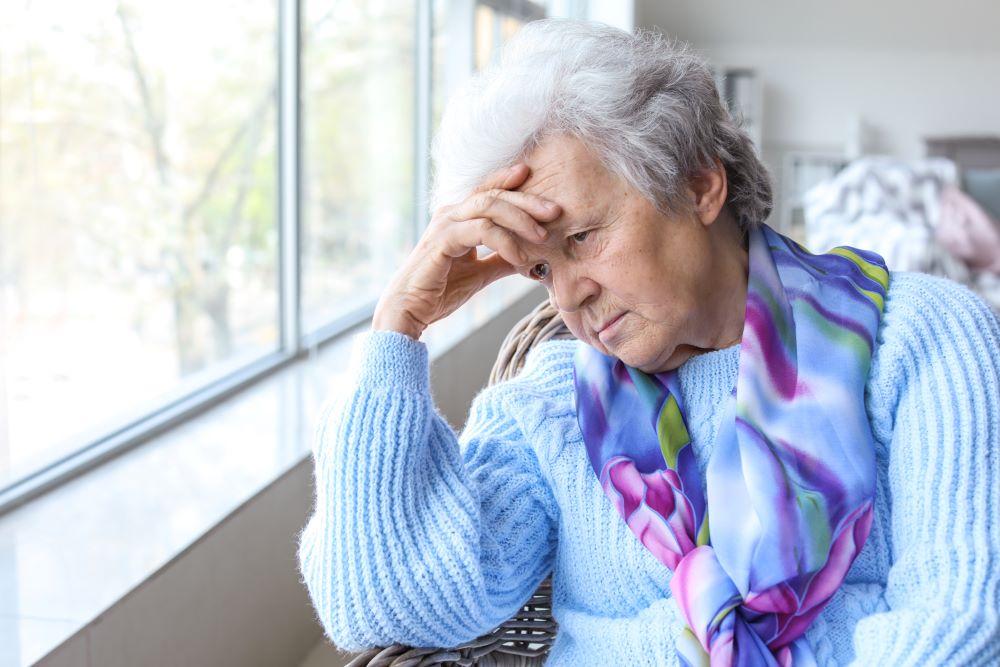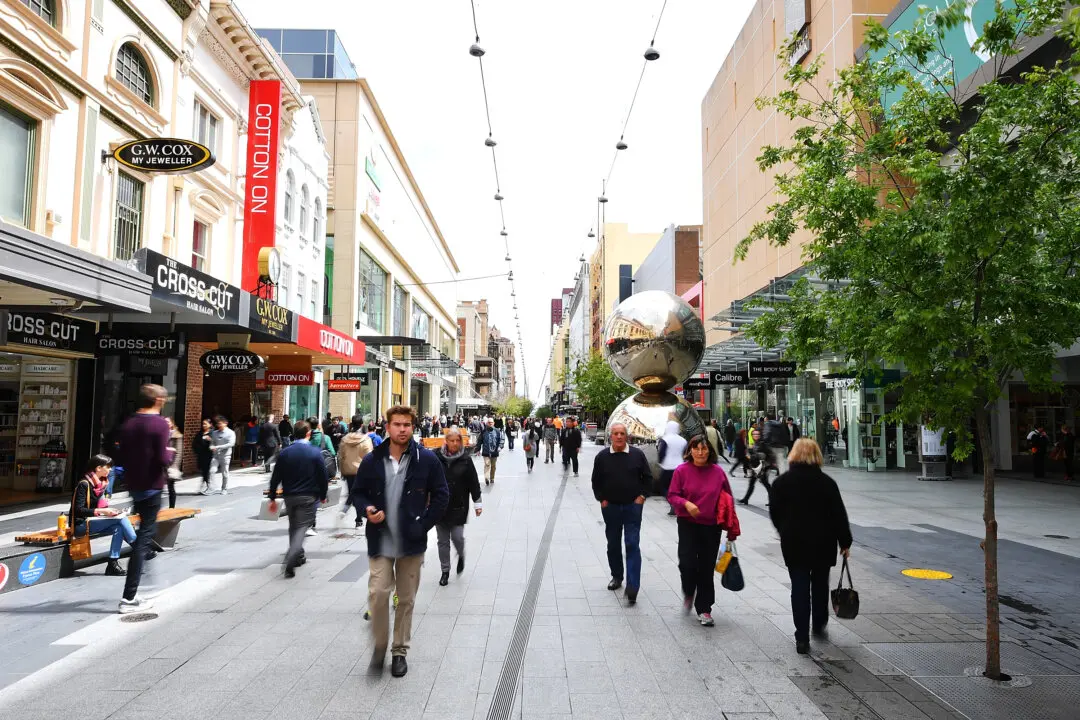Monash and Griffith University researchers have developed a new automated tool to screen malnutrition in aged care patients.
Known as “AutoMal,” the technology can diagnose nutrition by measuring body mass index (BMI) and weight change over six months.





